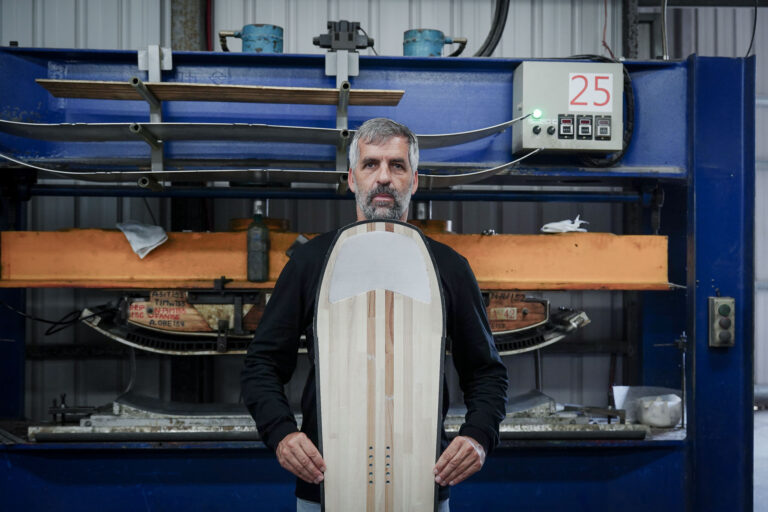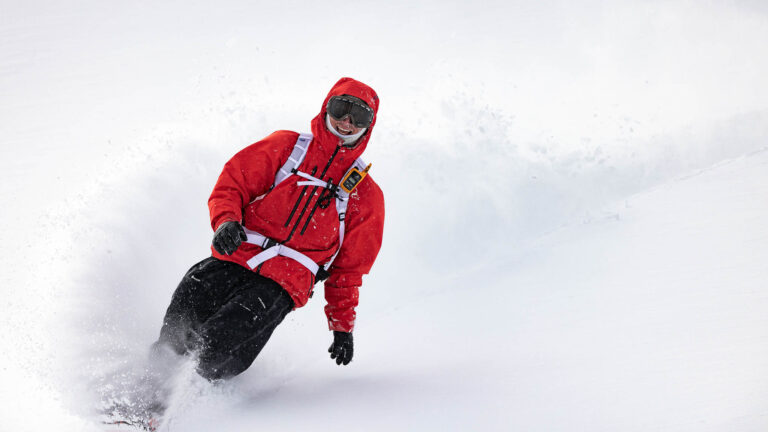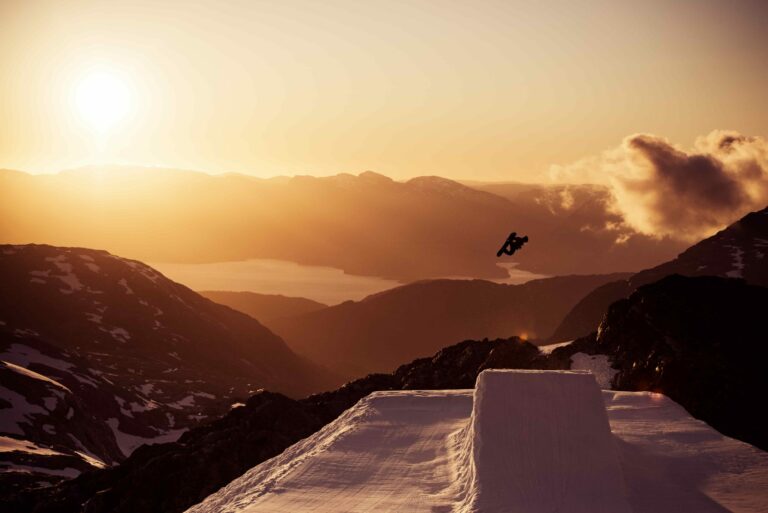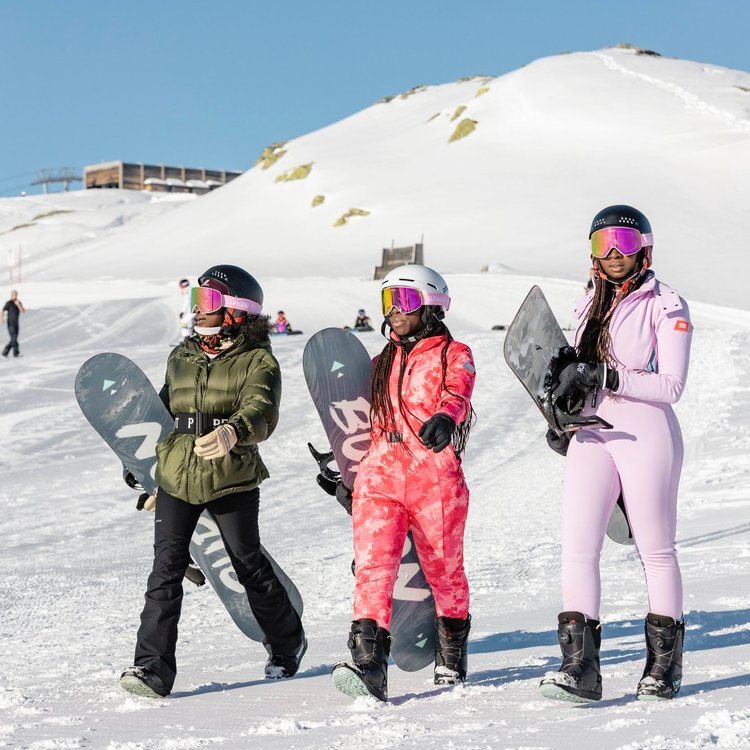Matt Barr talks to the photographer who captured the epicentre of snowboarding’s youth. This article first appeared in the Whitelines 2015 Photo Issue.
If you think about it, we’re at a pretty unique point in snowboarding history right about now. Nope, I’m not talking about the freestyle production lines churning out ever-younger tech shredders like so many tweaking automatons. Instead, I’m talking about the direct line to shred history we have thanks to those veterans that can track first-hand the sport’s rise from the domain of solitary backyard tinkerers to the tectonic-plate-shifting Olympic super-sport it is today. Like venerable Tommies reminiscing about the Somme, we’d be wise to harvest their unparalleled insights while we still can.

For this select handful of shredding Zeligs, accepted snowboarding history has almost perfectly complemented their own riding careers. In the States, Jake Burton and Terry Kidwell obviously spring to mind. In Europe, Régis Rolland and Peter Bauer, among others. But on the other side of the lens? For my money, only American snowboarding photographer Trevor Graves can match this depth of experience and personal achievement. Sure, others have similarly well-stocked archives – Bud Fawcett and Pascal ‘Scalp’ Gombert among them – but only Graves has remained relevant every step of the way. Talk to Graves for 90 minutes, as I did last month, and the conversation is likely to take in personal reminisces that are, coincidentally, the milestones of our very sideways culture.
“That’s the part I enjoyed about snowboarding then; you met someone you might not be friends with, but because you had snowboarding as a bond you would connect and be friends with them”
Skateboarding was his initial gateway to the sideways arts. This was in 1978, when being one of three skaters in a New York state town like Chittenango could get you more than just funny looks. Still, despite the danger of the occasional beating from redneck locals, skateboarding offered a hitherto unknown sense of physical and mental freedom that the young Graves – previously a talented baseball player – relished. “The thing was you could do it and you didn’t have to wait for the team. Not that I’m not a team player, but if I had an hour I could go skate. I didn’t have to wait for anything. I could do it now. And then there was that first ollie. The sense of weightlessness that you get”.











